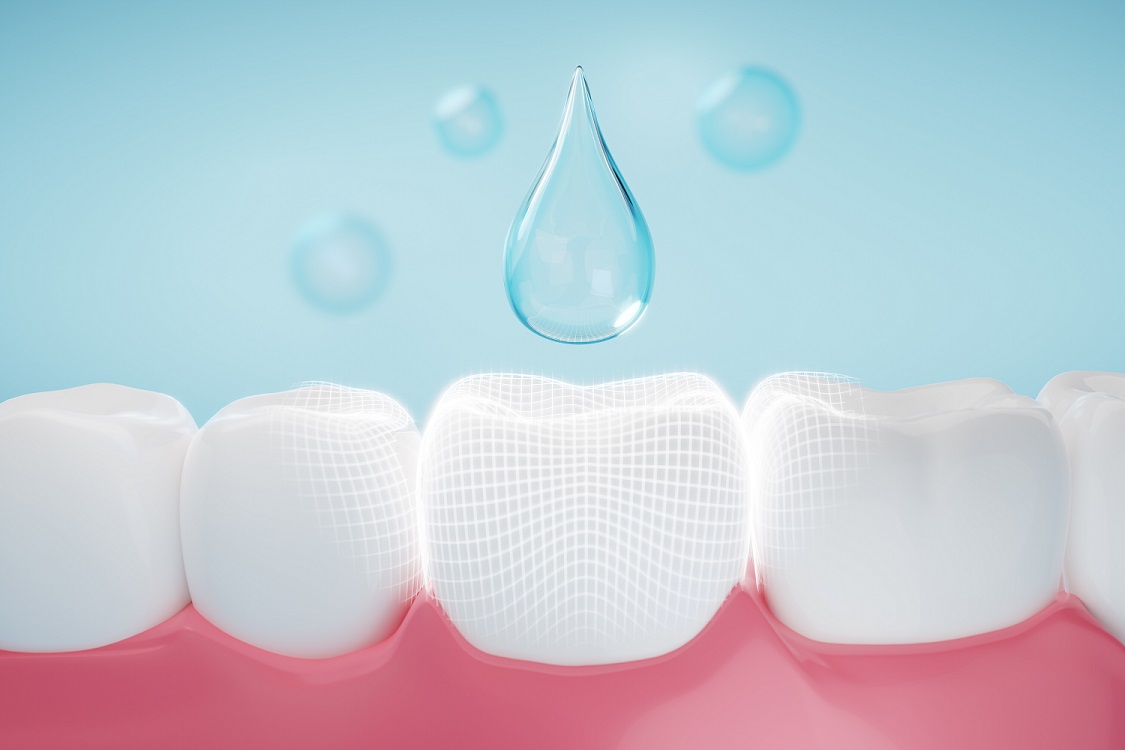
Sources of Fluoride
Fluoride is a safe and good way to help protect your teeth from cavities. There are several sources of fluoride:
- fluoridated water
- toothpaste and mouthrinse
- fluoride treatments from your dentist
Fluoridated Water
Some water sources have fluoride in them naturally. To help prevent cavities, the level of fluoride in drinking water should be 0.7 parts fluoride per million parts water. To get this level, some town and cities have to adjust how much fluoride is in the public water supply.
Bottled water and well water might not have the right level of fluoride. If you mostly drink water from these sources, your dentist may suggest that you use a toothpaste or mouthrinse that has more fluoride than the ones you can buy in the store. To help prevent cavities in children who drink water with low levels of fluoride, your dentist may recommend tablets, lozenges, or drops.
It is especially important that children get the right amount of fluoride – too much can affect developing teeth. When regularly exposed to too much fluoride, developing teeth can become discolored. When these teeth come in, they may have white lines or, in more severe cases, brownish pits.
Toothpaste and Mouthrinse with Fluoride
One of the easiest ways to help strengthen your enamel is by caring for your teeth at home.
The American Dental Association recommends that everyone brush their teeth for 2 minutes twice per day using a toothpaste that contains fluoride. Because young children may not be able to spit toothpaste out, they should use a smaller amount than older children and adults.
- Children 3 years and younger should use a smear of toothpaste the size of a grain of rice.
- Children older than 3 years and adults should use a drop of toothpaste the size of a pea.
If you need extra help preventing cavities, you might try using a mouthrinse that contains fluoride. Mouthrinse is intended to be spit out after rinsing. For that reason, children younger than 6 years should not use fluoridated mouthrinse.
Fluoride From Your Dentist
Treatments in the dental office may also help prevent cavities.
Fluoride varnish can be painted on the teeth to help prevent cavities and is often applied to children’s teeth twice per year. Older adults can develop cavities on the roots of their teeth because their gums may pull away from their teeth. In these cases, your dentist also may paint the roots with a fluoride varnish.
Your dentist might provide a fluoride treatment using a gel or foam in a tray that sits in your mouth for 1 to 4 minutes during your dental visit.
Sometimes you need more protection than the toothpastes or mouthrinse you buy in the store offer. In these cases, your dentist might prescribe a toothpaste or mouthrinse that has more fluoride in it.
Fluoride can be a good way to help fight cavities, whether you are young or old. Talk to your dentist about how to get the right amount if fluoride.
Leave a reply →